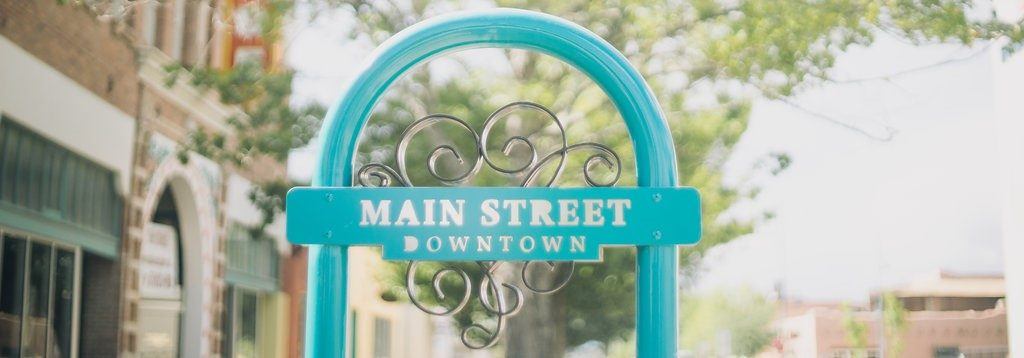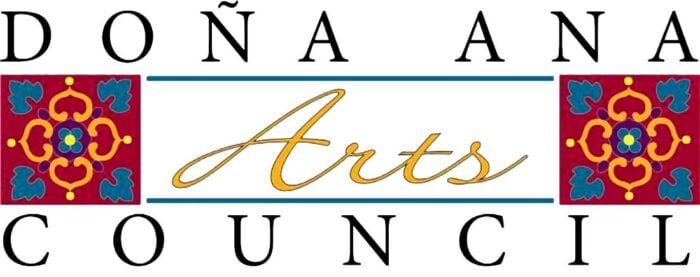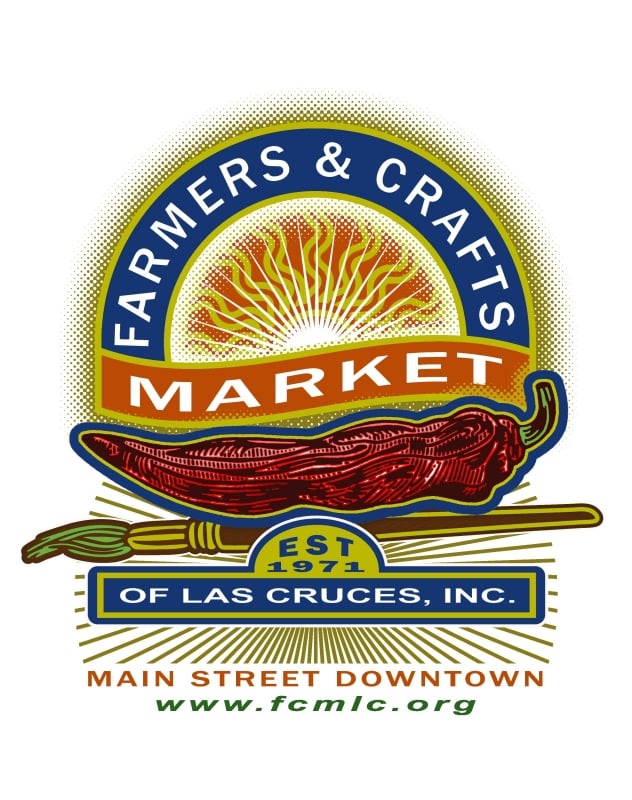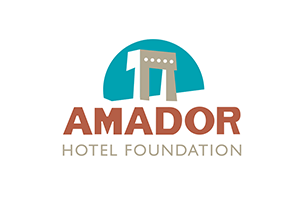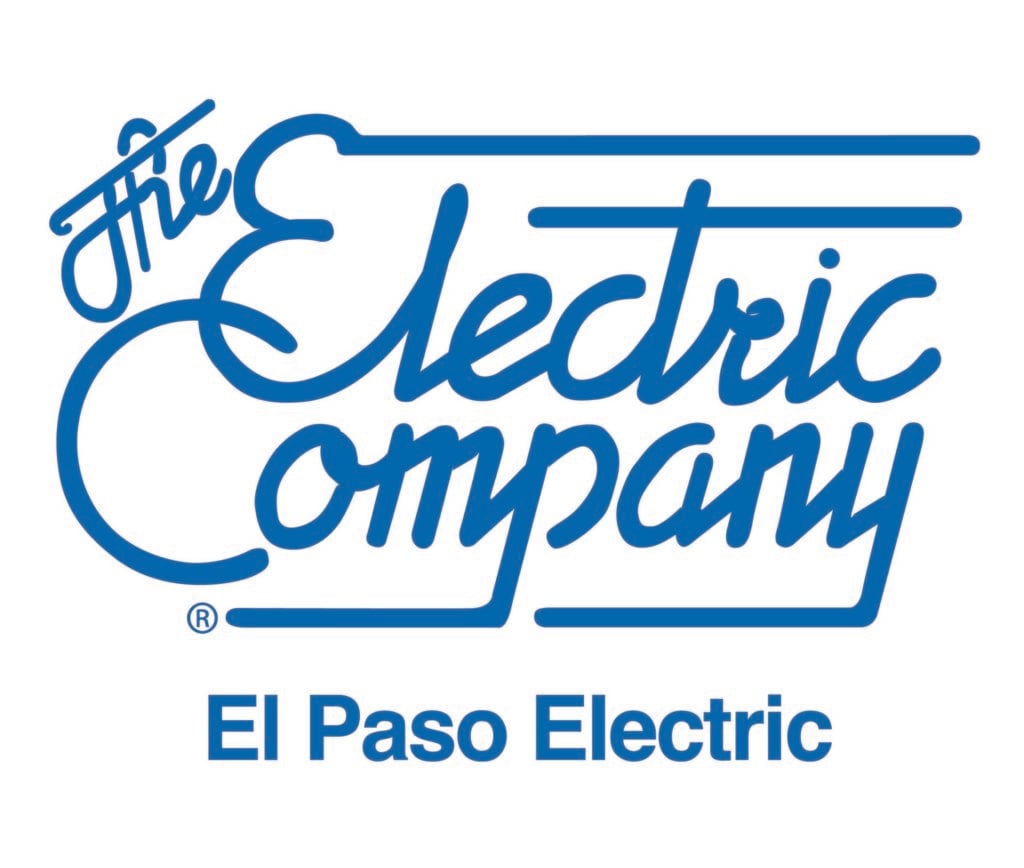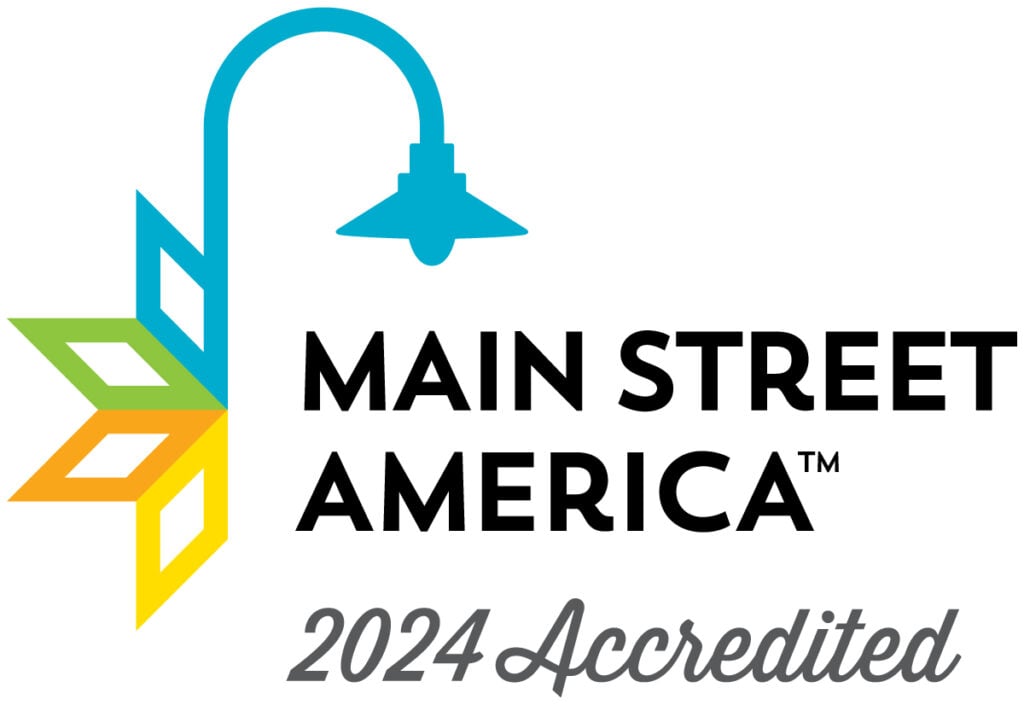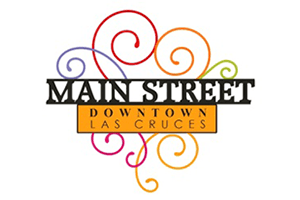What is Main Street?
Growing up in Clovis, New Mexico “Main Street” didn’t mean much to me. When I was young Main Street was used for two things: parades and guys with nice cars endlessly driving up and down the street with music blaring on Friday nights. I do recall going to Downtown areas anytime my family would travel to another city. Often we spent what seemed an eternity in antique shops where my hands, held only by my father’s gaze, were glued to my sides. Perhaps if these Downtown areas had a splash-pad (Yes, that was a shameless plug of our splash-pad down at the Plaza), I would have had a more positive outlook on Downtown areas when I was growing up.
Now when I think of Main Street or “Downtown” I think of artists finding a platform to display their work. I think of live music, the smell of museums and books, and I think of the bustle of street markets. Words like “local”, and “small business” come to mind. Above all, the word that comes to my mind now is “people”.
What exactly Main Street means to each person is a moving target. Just as, according to each person, what exactly Main Street ought to be tends to vary. Some consider Main Street districts to be synonymous with small town values, while others think in terms of engagement with young crowds. Regardless of these differing views, Main Streets are shared spaces and they are unique to each city. Most downtown areas are steeped in the history and character of the city and people. To me, this is a key point: above all, revitalizing downtown areas or Main Street districts is about investing in the people of the community.
Main Streets Lose Their Footing
Historically Main Streets served as a hub of commerce and community. While this was once true; they have been hit hard by various factors over the last century. Traveling to larger cities was made easier by the interstate highway system, and the rapid increase in commercial space in the form of large department stores led to a decline in small businesses on Main Streets across America.
Not only is this an economic loss in terms of small businesses and entrepreneurship, it also represents a loss of culture. Many downtown areas have buildings that have stood for many years; however, in many places these buildings were left to deteriorate. With that deterioration, the history and character of the place can seem to be lost as well.
Luckily, since the 1970’s there has been a push for revitalizing Main Street districts. This process is not easy, nor is it simple; however, revitalization efforts have widely been met with success. As of December 31, 2016 Main Street America boasted “$70.25 billion reinvested, 132,092 businesses started, 584,422 jobs created, and 268,053 buildings rehabilitated since 1980”. But what is Main Street America and how have these results been achieved?
Main Street America
In 1977 a nonprofit organization by the name of “The National Trust for Historic Preservation” made an effort to save vacant, rundown historic buildings on Main Streets in America. From what started as a relatively small project was born The National Main Street Center in 1980.
The National Main Street Center began working towards the preservation of historic buildings through revitalizing downtown areas across the country. Since its inception Main Street America has developed into the national arm of a nationwide network of organizations all working towards the same end, and using the same basic approach. This approach is called the 4-point approach.
The 4-Point Approach & DLCP
This approach, developed alongside The National Main Street Center, is four pronged. The approach consists of four broad areas: economic vitality, design, organization, and promotion. It is important to note that all rely on one another in order to form a single cohesive strategy for revitalization.
While the Downtown Las Cruces Partnership is funded by the city as well as donations, DLCP is accredited by Main Street America and is a New Mexico MainStreet affiliate. As such, the 4-point approach is central to our organization.
The importance of this approach cannot be understated. For this reason, I have decided to begin this blog series detailing each point of the 4 points in the approach. Through this blog series I plan to explain each point of the 4-point approach, and show the practical ways that DLCP, alongside the City of Las Cruces and various stakeholders, has utilized this approach in our efforts to revitalize Downtown Las Cruces.
Lookout for the next installment of the 4-point approach series, and in the meantime checkout some of our past posts. Leave a comment below, and let us know what you think!

